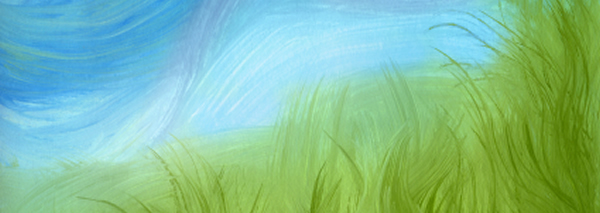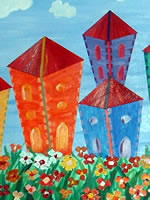A Word on Water Colours
Compared to other art forms, watercolours require little set up and almost no instruction on how to begin using them: add water to the paint, and you’re off! With such a simple procedure, watercolours are an excellent foray into painting for the beginner, or another technical method for the seasoned artist to easily add to their repertoire.
Time and practice are still necessary parts of the equation to acquire proficiency, just as with any other art style or form. However, keep the following tips in mind so that you can approach water colour painting with confidence, and start creating!
Looks Can be Deceiving
When wet, watercolours are dark and vivid; however, when they dry, they dry much, much lighter and paler. This may mean it takes you a while to achieve just exactly the right hue that you want – knowing exactly the amount of water to add is a skill acquired only with practice! If you find your paintings are too pale, add more water to your paint, or add another layer of colour.
Quick as a Wink
Water colours dry very quickly. To avoid frustration, test small samples of colour on scrap paper to see if the dry outcome will achieve the desired hue before you use the paints in your piece.
Dry isn’t Definite
Even when watercolours dry, they are still soluble: applying water to the dry paint will turn it back into wet paint to once again work with. This means mistakes are much easier to fix and changes much easier to make! You can easily remove some paint to achieve a lighter colour, mix it with a new paint for a whole new colour and tone, or even lift the paint entirely off the paper. If you do end up re-wetting dry paint, do be careful to treat the paper gently: scrubbing at the paper too much will damage the surface.
Transparency
Water colours aren’t just pale: they’re transparent. Layers of paint can be seen through upon drying, making mistakes visible. However, don’t be discouraged, embrace it! It is all part of the painting process.
Light à Dark
Any white in watercolour paintings comes not from the paint, but from the white of the paper. This means the usual advice is to paint from light to dark – start with the lightest tones and work towards the darkest. But painting is all about experimentation: you never know what you might create when you put down dark colours earlier than the prescribed method. Shake things up!









